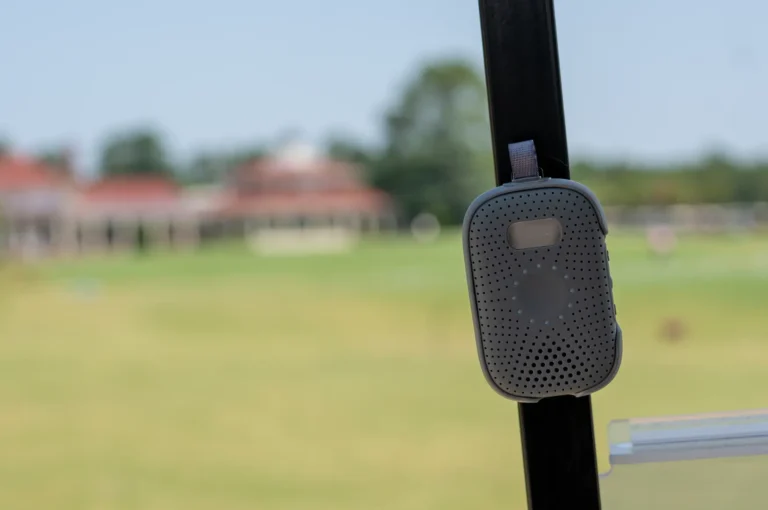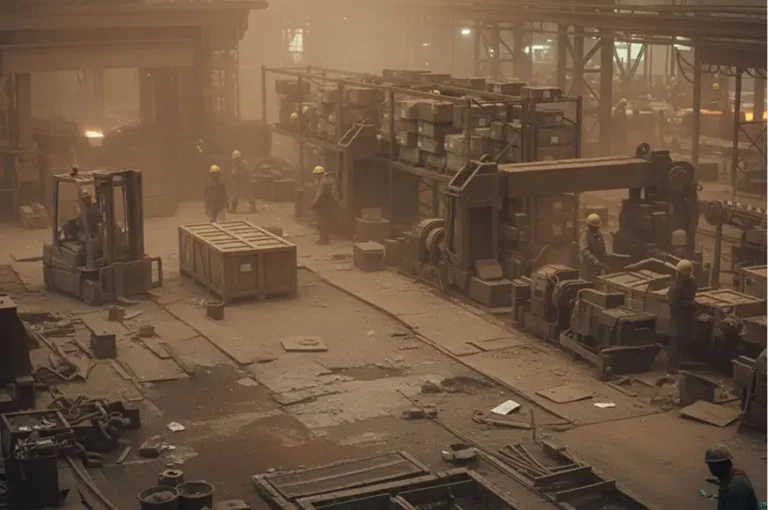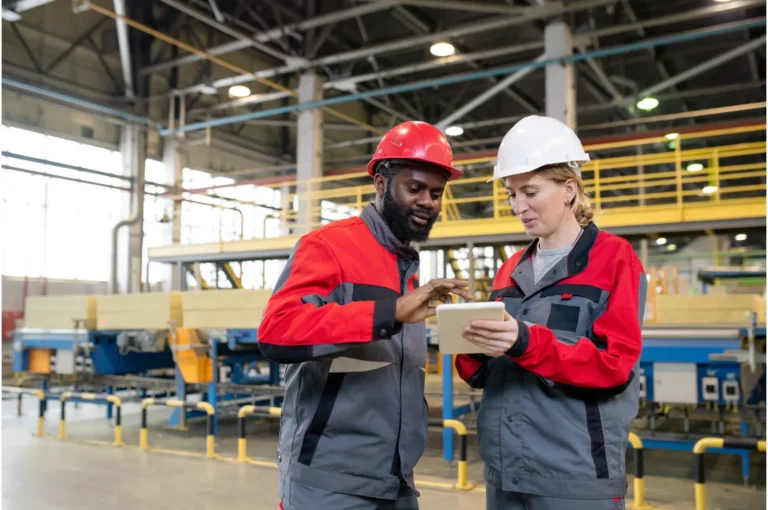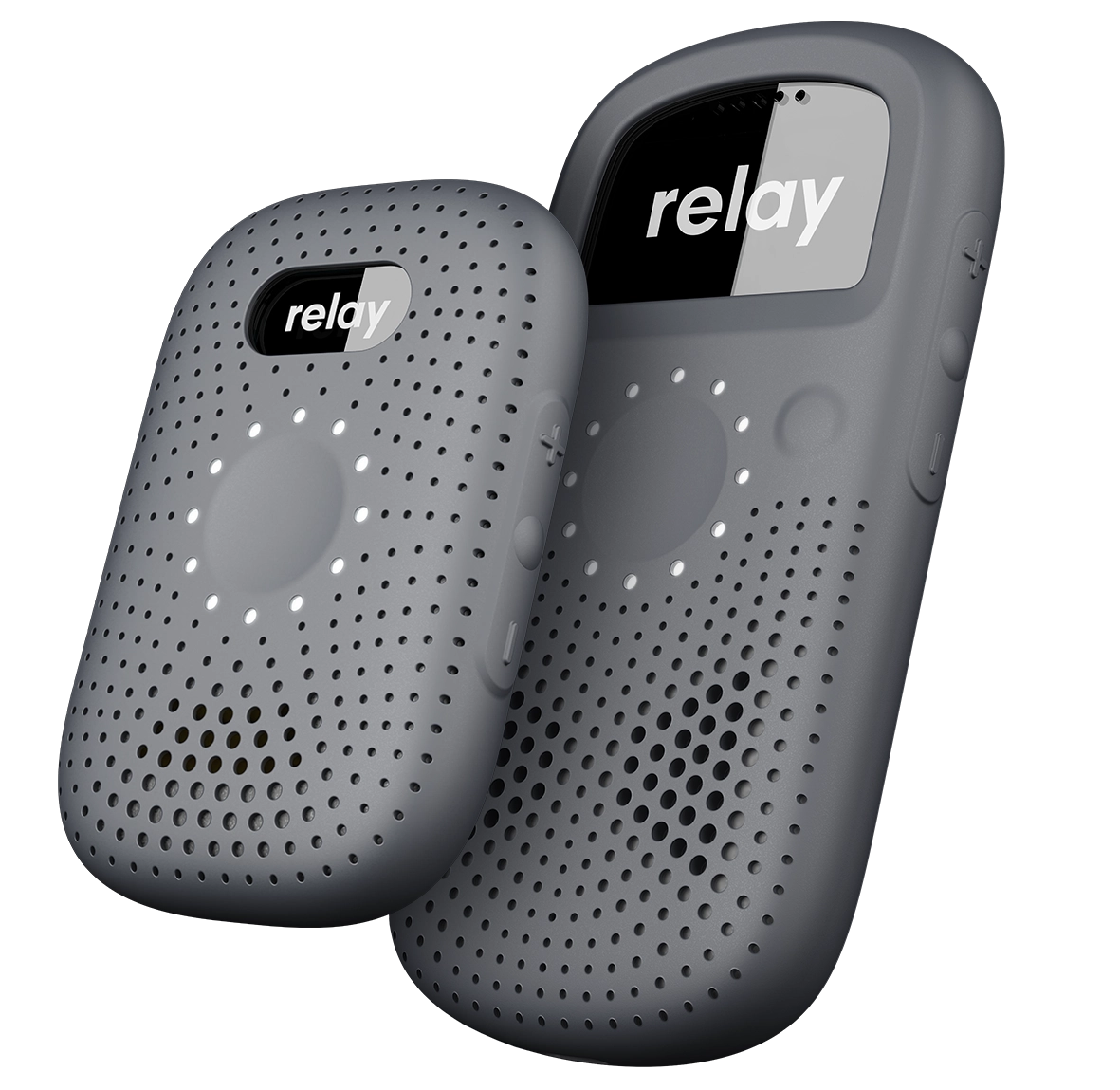Language barriers are common in the workplace, but they’re more than just an inconvenience. They’re probably slowing down your productivity and costing you more money than you realize. This is especially true in industries like manufacturing where there’s a high demand for foreign language skills.
Employees with different backgrounds and native languages can bring a lot to the manufacturing workforce, but if you’re not doing everything possible to make their job efficient, you’re putting your workers and your business at risk. Every factory that hires multilingual workers is responsible for providing a simple and efficient way to overcome language barriers.
With the increasing availability of translation technology, there’s no reason why your workers should have to consistently communicate in their non-native language – and you may find the solution to many of your safety, efficiency, and productivity problems lies in finding the right manufacturing translator device for your team.

Why You Need to Overcome Language Barriers
The need for a simple way to overcome language barriers in the workplace isn’t new, but as the number of bilingual employees in the U.S. grows, the need for translation devices becomes more urgent. According to the United States Census Bureau, 68 million Americans spoke a language other than English at home in 2019. Although this number has grown significantly since the 1980s, there are still many businesses that struggle to provide consistent translation services – so what does this mean for the technology in your workplace?
Considering the number of multilingual citizens in the U.S., it’s likely that you have multilingual employees on your team as well. Even if they speak English fluently, it may not be the most efficient way for them to communicate.
According to a report on the hidden cost of language barriers in industrial environments, 86% of manufacturing professionals report that language barriers reduce productivity at their site. These barriers can hold your team back by requiring employees to spend extra time translating, making communication inefficient and unclear.
In an industry like manufacturing, where things can change at a moment’s notice, it’s vital that employees can easily communicate with one another and with management should the need arise. Whether the equipment isn’t working properly or there’s an emergency evacuation taking place, language barriers prevent things from running smoothly for your team.

How a Manufacturing Translator Device Boosts Safety, Efficiency, and Productivity
If you’re wondering how language barriers are costing you in the workplace, it isn’t just about productivity, although that’s certainly part of it.
Multilingual workers can and should be an asset to your team, but when they’re not properly supported, they don’t perform at their best. A manufacturing translator device can increase productivity and efficiency as well as improve safety outcomes. Here’s a closer look at the benefits of having a translation device:
Improved Safety Outcomes
Translation technology is one of the best ways to improve safety outcomes for bilingual and multilingual workers. According to the U.S. Bureau of Labor Statistics, there were nearly 400,000 nonfatal occupational injuries and illnesses in 2020 alone. Although the number of nonfatal injuries was reduced between 2016 and 2020, emergencies in the workplace are still a reality for many employees.
No matter what kind of injury or illness happens, clear communication is key to keeping employees safe and preventing further injuries. If, in the event of an emergency, someone has to wait for another employee to translate, this can lead to a delay in communication, causing you to lose vital seconds that prevent the employee from getting the help they need.
A manufacturing translation device allows workers to communicate in their native language, immediately getting the help they need in an emergency.
Increased Efficiency & Productivity
In industrial environments, bilingual employees lose around four hours every week translating, which could be costing your business up to $7,500 per employee every year. When employees can’t effectively communicate due to language barriers, it can significantly slow down workflows, delaying production.
Since communication may not be clear for every employee, especially those who have a native language other than English, it can also lead to more errors in their work. Having to go back and check or redo work that has already been done can add to the cost of production.
Translation devices allow workers to receive instructions and clarifications in their native language, preventing errors and delays.
Expanded Hiring Pool
Many industrial businesses without a translation device simply can’t hire non-English speaking workers, as they don’t have the right tools in place to train them to use equipment safely and efficiently.
This reduces the already small pool of qualified candidates HR has access to and is one of the reasons 77% of manufacturers say they have ongoing difficulties in attracting and retaining workers.
Translation Services: The Key to Your Business Success
The simplest way to ensure all employees can communicate effectively and efficiently is to provide them with a way to speak in their native language, such as a real-time translation device. Previously, multilingual workers had no choice but to adapt to the language spoken in the workplace, or risk missing important instructions and training, but now there are technology solutions that make translation easy.
Your multilingual workers likely want to be engaged in their role, but when they feel disconnected, they’re less likely to do their best work. There’s significant research showing the importance of employee engagement when it comes to productivity, efficiency, and overall business growth. But it’s difficult for employees to be engaged in their job when they can’t communicate clearly with the other members on their team.
Real-time translation services using a manufacturing translation device can help these employees feel connected and valued, allowing them to communicate as efficiently as everyone else.
Overcome Language Barriers with Relay
At Relay, we believe every manufacturing worker deserves to be able to communicate easily in their native language. Not only does this help workers feel more connected and valued in the workplace, but it also benefits your business by increasing productivity, efficiency, and overall communication.
Our manufacturing communication system is specifically designed for diverse frontline teams, eliminating language barriers with real-time translation features included on every device. According to the Occupational Safety and Health Administration (OSHA), language barriers are a factor in 25% of workplace incidents.
Relay’s TeamTranslate allows workers to choose their desired language, and Relay automatically translates every message. With the ability to translate over 30 different languages, Relay is the manufacturing translator device your team needs to stay connected.
If you’re ready to find out how Relay can improve communication between your workers and help your business save on the cost of translation, book a one-on-one demo or get pricing today!







